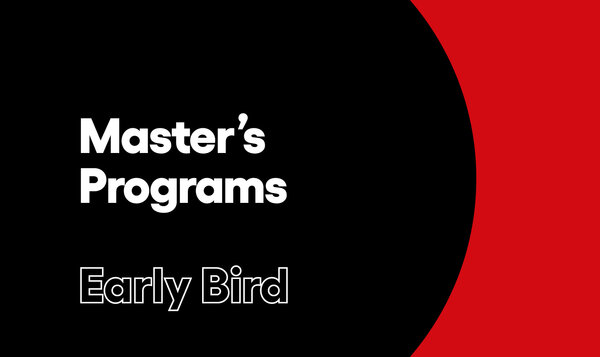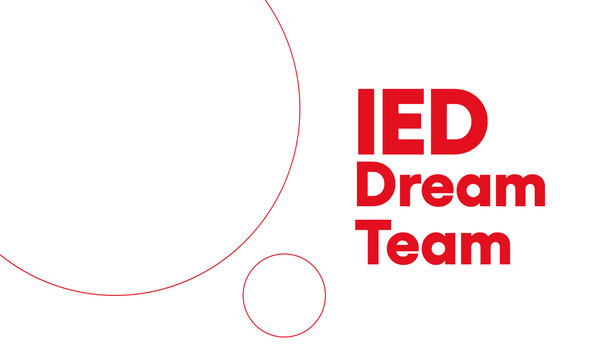A communications plan is a strategic document that outlines an organisation's objectives, key messages, channels and communication activities.

Communication Plan: a practical example
Date
20 January 2024
It is a tool that helps ensure consistency across all communications. But what are the best techniques for creating a communication plan that reaches, engages, and influences a target audience? This article will explore strategies and techniques to help craft an effective communication plan. Each step in the process will be analysed, and we will provide practical examples to illustrate how to translate these concepts into concrete actions.
Context analysis: defining objectives and audience
A successful communications plan starts with an in-depth analysis of the environment in which you work. This process is not just a preliminary step but the foundation for the entire communication strategy. Understanding the context means analysing the market, the competition, and current trends and clearly defining objectives and target audiences.
Defining the objectives
There are different ways to establish communications objectives. One of the most common is the 'SMART' method, which states that each objective must be:
- Specific: clearly defined and detailed. For example, instead of a generic 'increase brand awareness', a specific target could be 'increase awareness of the new product among industry professionals within the next quarter'.
- Measurable: the activity's success has to be quantifiable. 'Reaching 10,000 followers on Instagram within six months' is an example of a measurable goal.
- Achievable: realistic and achievable with the available resources and time. A goal that is too ambitious can be demotivating, while one that is too easy will not stimulate improvement.
- Relevant: in keeping with the organisation's vision and mission. Each communication objective should contribute to achieving the wider corporate objectives.
- Time-bound: with a clear deadline. This helps to maintain focus and measure progress over time.
Identifying the audience
Defining your target audience is another crucial aspect. It is not just a matter of identifying a generic demographic group but of gaining an in-depth understanding of who the company's message is for. This includes
- Demographic characteristics like age, gender, education level, income, etc. For example, a beauty product might target a female audience between 20 and 35.
- Interests and preferences: What does the target audience value? What are their hobbies and interests? For example, a message emphasising a product's environmental impact could be successful for an audience interested in sustainability.
- Behaviours and habits: Where does the target audience, or a segment, spend their time? What are their buying habits? Digital platforms such as apps and social media might reach a young, technologically-minded audience more easily.
- Needs and challenges: What problems does the audience need to solve? Understanding people's challenges and needs helps create messages that resonate personally, encouraging stronger connections.
Selecting communication channels
Choosing communication channels is a delicate phase in constructing a communication plan. Each channel, be it social media or email, blogs, and press releases, has its characteristics and reaches audiences differently.
Channel selection should be based on the company's objectives and the audience. For example, social media is ideal for a young and dynamic audience who are always on the lookout for news and curious to discover new trends in real time. On the other hand, email might be more successful for formal communications, for a more selective audience, or even for building individual relationships. The key is diversification and integration of the channels to maximise the overall impact and effectiveness of the message.
Creating a key message: clarity and consistency
The heart of any communication plan is the key messages. These need to be clear, concise and consistent across all communication channels. Effective key messages are striking, stick in the audience's mind for a long time and stimulate an action or reaction. To achieve this, it is essential to maintain a consistent tone of voice and to adapt the message not only to the context but also to the channel without ever losing its main focus.
Time planning: calendar and activity sequencing
Time planning is an aspect of the communication plan that can often be overlooked. While it is important to decide the 'what' and 'how' to communicate, it is also important to determine precisely 'when' and 'in what order' the various activities should be performed. This process requires careful organisation and a strategic understanding of the timeline.
Creating an editorial calendar
A well-structured editorial calendar is the cornerstone of successful time planning. This tool allows you to visualise and organise your entire communication plan daily, weekly, monthly or even yearly. For example, for a marketing campaign, you could plan social media content twice a week, a blog article every fortnight and a newsletter once a month. Each element should be scheduled to maximise impact, taking into account relevant events, holidays, company anniversaries or product launches.
Activity sequencing
The order in which activities are performed is just as important as organising them. Establishing a logical and consistent flow that guides the audience through a well-defined communication path is essential. For example, an awareness-raising campaign could start with educational posts on social media, then interactive webinars to actively engage the target audience, and finally, an on-site event. This progression helps to build interest and increase engagement step by step.
Flexibility and adaptability
Despite the importance of careful planning, maintaining flexibility is essential. The world of communication is dynamic and subject to rapid changes. Unexpected events, emerging trends or audience feedback may require adaptation. For example, during a busy period, it may be necessary to suspend regular planning to focus on more urgent and relevant communications.
Measuring results: assessing the plan's performance
Measuring results is necessary to assess the efficiency of a communication plan. This process not only provides a clear view of success or areas for improvement but is also essential to guide future decisions.
Defining KPIs
Key Performance Indicators (KPIs) are specific metrics that evaluate the effectiveness of different communication actions. The choice of KPIs depends on the plan's objectives. If the aim is to increase brand awareness, KPIs include the number of online brand mentions on social media or organic traffic on the website. If the objective was lead generation, KPIs could focus on the number of newsletter subscriptions or enquiries received.
Metrics Analysis
Once the KPIs have been defined, it is essential to analyse related metrics regularly. For example, engagement rates on social media can provide valuable insights into audience interaction with published content. Traffic on the website can reveal which touchpoints bring in the most visitors and which pages on the site capture the most attention. Conversion, i.e. the transition from interest to actual action (such as a purchase or registration), is a direct indicator of the effectiveness of the message and the overall strategy and is more relevant than any other KPI.
Adaptability and continuous development
Last but not least, a communication plan must be flexible and adaptable. The world of communication is constantly evolving, with new technologies and trends emerging constantly. Being versatile and ready to adapt your communication plan is a useful and valuable approach to remaining relevant and effective in the eyes of your users.








